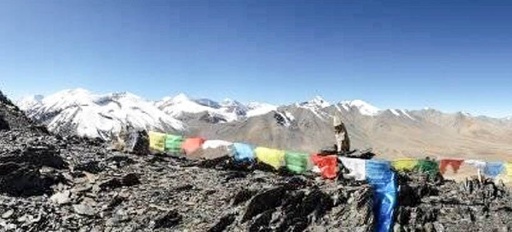Shey Phoksundo Lake Trek Via Upper Dolpo
Price on request

Duration
24.0 days
Best Season
Transportation
Accommodation
4* Hotel in City & Tented Camp in Trekking
Difficulty
Max-Altitude
5110.0m
Meal
CUSTOMIZE TRIP
Based on Cost, Duration, & Group
Why Bold Himalaya
· 15+ years of Industry Experience
· 15+ years of Industry Experience
Need Help With This Trip?
Based on Cost, Duration, & Group
Similar Recommended Trips
We have aggregated and prepared you similar trips using our special algorithm



